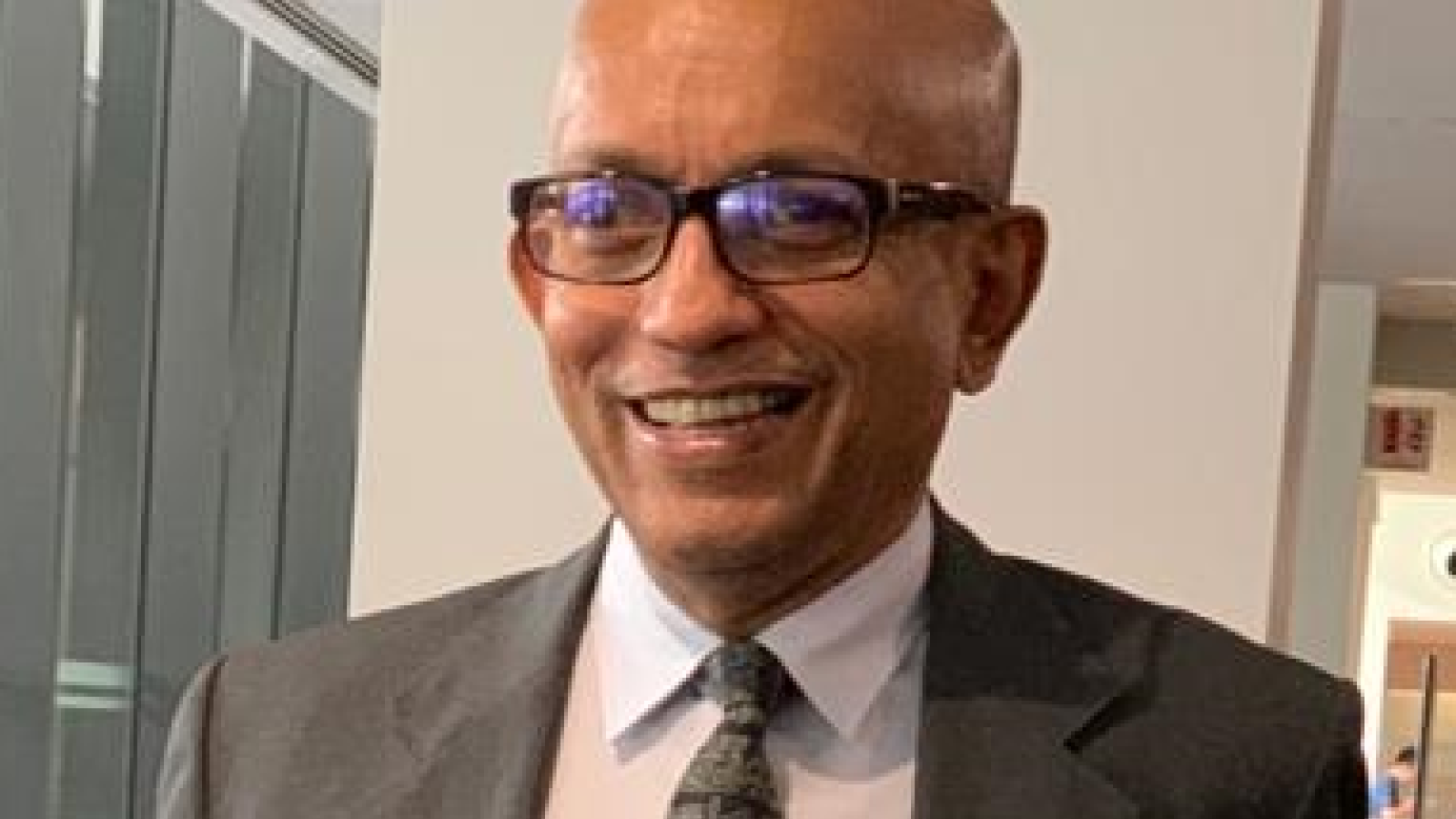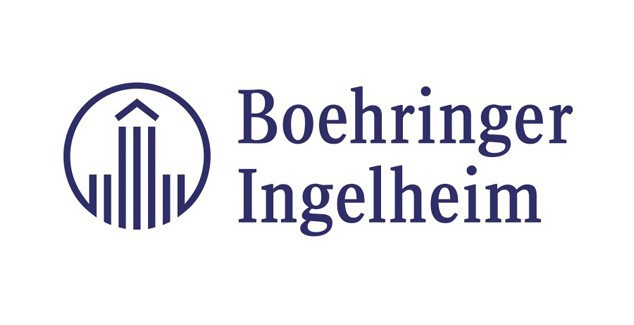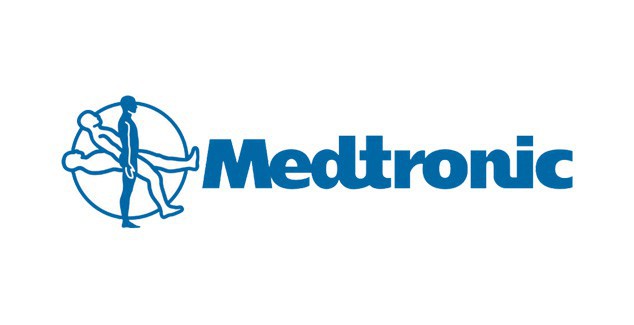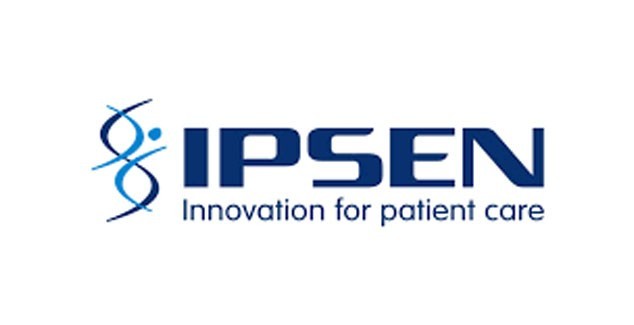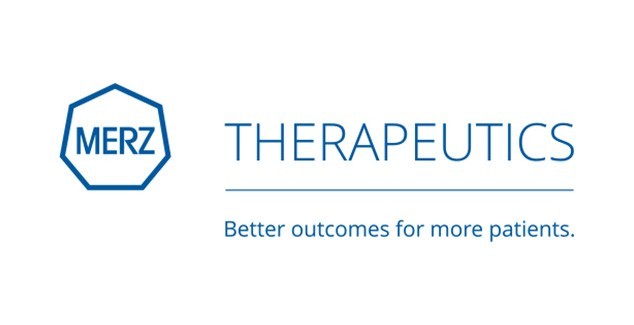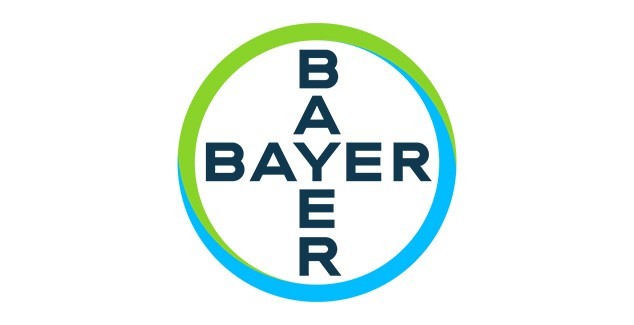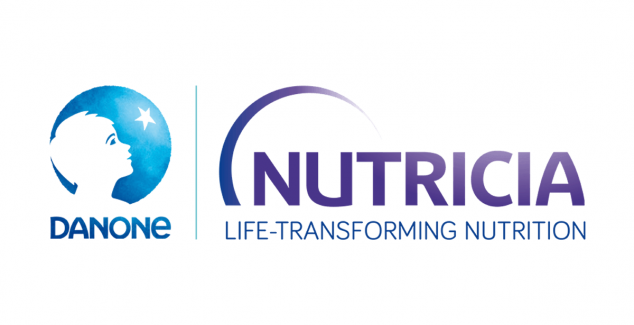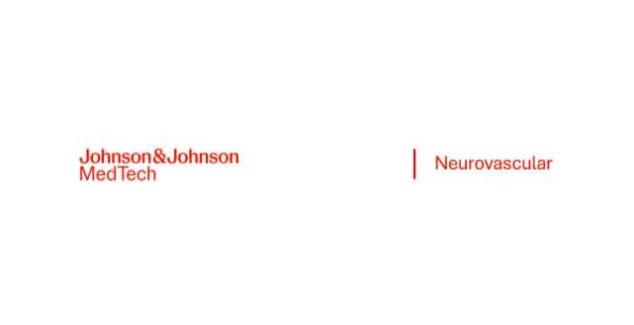A stroke can happen to anyone, but there are risk factors that increase your chances and it’s important to understand your risk and the steps you can take to reduce it. At the World Stroke Congress 2021 we heard from people with lived experience of stroke about what they think makes an effective public awareness campaign. Here Aanandha Sharurajah from Singapore shares his perspective.
I started my company Atos Group when I was 26 and grew it to be one of the largest spa and wellness companies in Singapore. This was until 2012 when I had a stroke. I had to sell 60% of my business and my wife became the CEO of the remaining business. I had to rest and rehabilitate. For the first three years I did not have any friends who were stroke survivors but in 2015 I met Poh Choo from the Singapore National Stroke Association (SNSA). I then began attending as many of their events as I could and it helped me so much. These included art classes, dance, meditation, tai chi and long walks. In March 2019 I was well enough to accept a two year position in the Executive Committee of SNSA and I was called to do public talks on stroke awareness at libraries and at companies.
Clear and accessible information
When developing stroke awareness materials for the public I think that it is really important for public health and stroke support organizations to ensure the resources are eye-catching and engaging for everyone, while also including the facts about stroke. Materials need to underline that stroke can happen to anyone at any time.
For stroke awareness messages to reach audiences of all ages they can include animated graphics and perhaps include storylines which demonstrate different scenarios about stroke symptoms and emergency response. Awareness campaigns also need to help the public understand what a stroke actually is and the journey post-stroke. It is helpful to set out that the primary goals of stroke treatment are to reduce brain injury and promote maximum patient recovery. We also need to promote the role of post-stroke rehabilitation and that its focus is on helping those who have suffered a stroke to relearn the skills they lost due to the brain damage caused by the stroke. Rehabilitation helps stroke patients to regain independence and improve their quality of life
Healthy living after stroke
Living with stroke has made me want to treasure my life even more than ever. Information about living healthily after stroke has been of great help and encouragement to me in rebuilding myself and my inner strength throughout the nine years of my recovery journey. In particular what has been of most benefit is:
- gaining a better understanding of my own body and how I should support it with special attention and care
- advice of professionals on what food to eat: plant-based and lots of vegetables, legumes, fish and poultry, fresh and frozen or dried fruits; and what food to avoid or moderate: processed foods, salt and sugar, red meat, saturated fat
- recommended guidelines on exercise such as walking at least 20 minutes per day
- getting the support of community care services and stroke support organizations such as SNSA have been a wonderful and significant help in my journey to recovery
- knowing that I have the care, love and support from my family and friends is one of the greatest things that has helped me to improve my health, and to live healthily for my loved ones

 Member login
Member login
